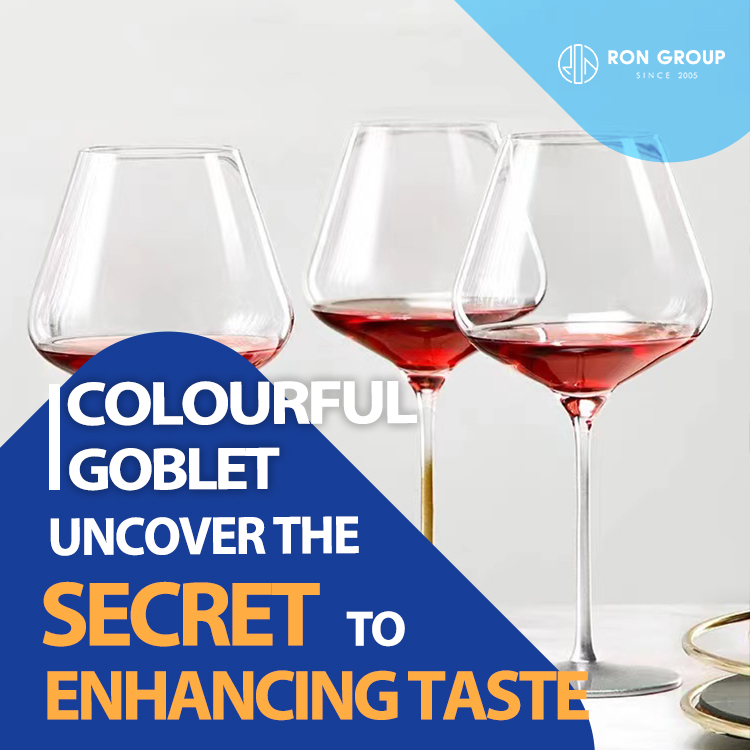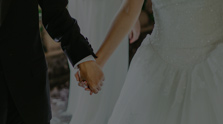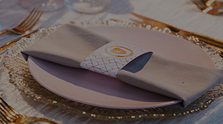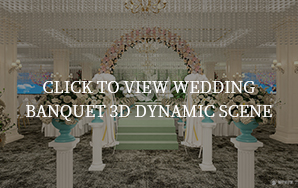Wedding types
Civil wedding
A civil wedding is a ceremony presided over by a local civil authority, such as an elected or appointed judge, Justice of the peace or the mayor of a locality. Civil wedding ceremonies may use references to God or a deity (except in U.K law where readings and music are also restricted), but generally no references to a particular religion or denomination. They can be either elaborate or simple. Many civil wedding ceremonies take place in local town or city halls or courthouses in judges' chambers.
Destination wedding
Not to be confused with an elopement, a destination wedding is one in which a wedding is hosted, often in a vacation-like setting, at a location to which most of the invited guests must travel and often stay for several days. This could be a beach ceremony in the tropics, a lavish event in a metropolitan resort, or a simple ceremony at the home of a geographically distant friend or relative. During the recession of 2009, destination weddings continued to see growth compared to traditional weddings, as the typically smaller size results in lower costs.
Weddings held at prestigious venues such as castles or stately homes have become increasingly popular in the 21st century particularly in European countries such as the UK, France and Germany. From 2010 onwards, there has been an increase in destination weddings that are hosted in exotic places like Indonesia, Maldives, India, and Pakistan.

Double wedding
A double wedding is a double ceremony where two affianced couples rendezvous for two simultaneous or consecutive weddings. Typically, a fiancé with a sibling who is also engaged, or four close friends in which both couples within the friendship are engaged might plan a double wedding where both couples legally marry.
Elopement
Elopement is the act of getting married, often unexpectedly, without inviting guests to the wedding. In some cases, a small group of family or friends may be present, while in others, the engaged couple may marry without the consent or knowledge of parents or others. While the couple may or may not be widely known to be engaged prior to the elopement, the wedding itself is generally a surprise to those who are later informed of its occurrence.
Handfasting
A handfasting is an old pagan custom, dating back to the time of the ancient Celts. A handfasting was originally more like an engagement period, where two people would declare a binding union between themselves for a year and a day. The original handfasting was a trial marriage.
Highland or Scottish wedding
A Highland or Scottish wedding has the groom, with some or all of the groom's men wear a kilt. The bride may wear a sash or other tartan clothing. The Scottish basket sword is used for any Saber Arch.
Mass wedding
A military wedding is a ceremony conducted in a military chapel and may involve a Saber Arch. In most military weddings the bride, groom or both will wear a military dress uniform in lieu of civilian formal wear. Some retired military personnel who marry after their service has ended may opt for a military wedding.

Peasant wedding
A peasant wedding is a Dutch carnival custom. Not everywhere in Limburg and Brabant is a boerenbruiloft (peasant's wedding) part of the carnival. Especially in the northern and central part of Limburg and eastern part of North Brabant is the boerenbruiloft very often held during the carnival and is an important part of the carnival culture. Each carnival association has its own tradition concerning choosing the spouse for a wedding. Often the bride and groom are chosen by the council of eleven or by the couple that was married the year before. It is not necessary that the newlyweds are a couple in real life. It is also not necessary that the bride and groom are single. Both the bride and groom, however, should be in love during the carnival and they need to transfer their love to all the people who celebrate their wedding along with them. The highlight of the festival of the peasant wedding is the wedding and feast of the onecht (not-marriage) of the bride and groom. There are many aspects that can be found in a real-life marriage. First the engagement will be announced just as if it would be an official marriage. And both the families should learn to know each other very well in organizing the party and the ceremony, like a normal wedding. The two families prepare a piece of entertainment for the wedding.[39] And just like a real wedding, a reception and a feast is organized where guests are asked to wear appropriate clothing. The bride and groom will often dress in wedding clothing from before 1940. The bride for example will often wear a poffer, which is a traditional Brabantian headdress.
Shotgun wedding
A shotgun wedding is a wedding in which the groom is reluctant to marry the bride, however, is strongly encouraged to do so to avoid family, social or legal repercussions. In many cases, the bride is pregnant before the wedding and the family of the bride, most commonly the bride's father, insists that the groom marry the bride before the pregnancy becomes obvious.
Vow renewal wedding
A wedding vow renewal is a ceremony in which a married couple renews or reaffirms their wedding vows. Typically, this ceremony is held to commemorate a milestone wedding anniversary. It may also be held to recreate the marriage ceremony in the presence of family and friends, especially in the case of an earlier elopement.

Weekend wedding
A weekend wedding is a wedding in which couples and their guests celebrate over the course of an entire weekend. Special activities, such as spa treatments and golf tournaments may be scheduled into the wedding itinerary. Lodging usually is at the same facility as the wedding and couples often host a Sunday brunch for the weekend's finale.
White wedding
A white wedding is a term for a traditional formal or semi-formal Western wedding. This term refers to the color of the wedding dress, which became popular after Queen Victoria wore a pure white gown when she married Prince Albert and many were quick to copy her choice. At the time, the color white symbolized both extravagance and virginal purity to many and had become the color for use by young women being formally presented to the royal court.
 +86-18098163178
+86-18098163178





















